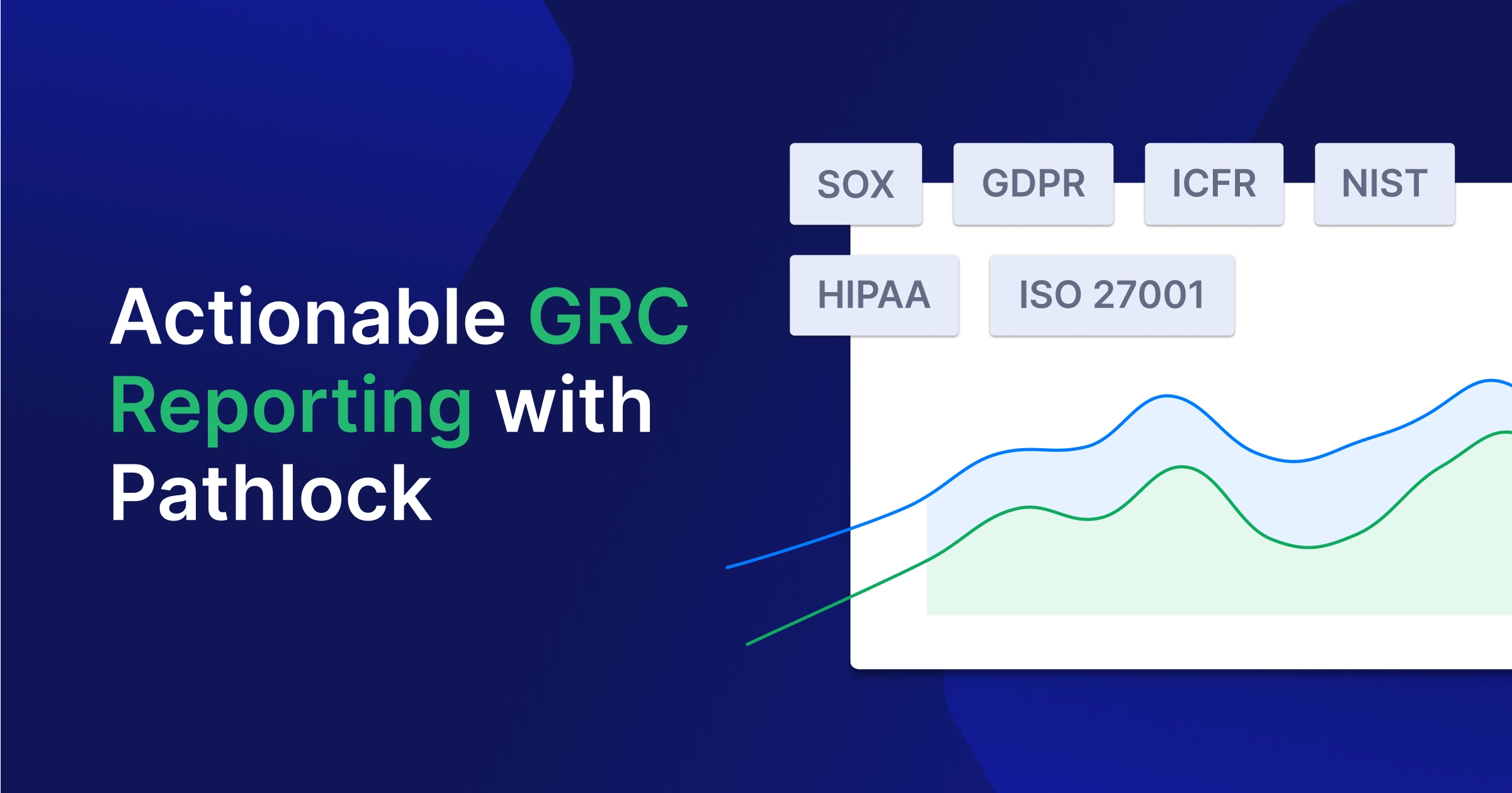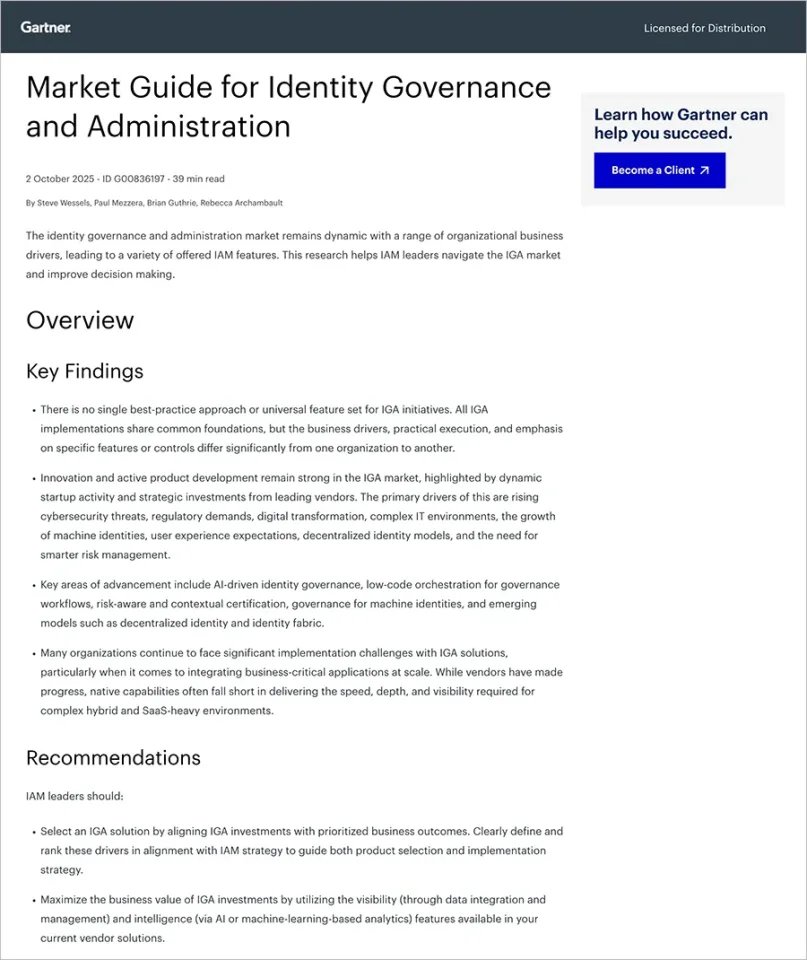Effective risk management is an important part of any organization that is serious about not just growth, but survival. It ensures that potential threats are identified, analyzed, and addressed before they can disrupt operations or cause significant financial damage. This post outlines a straightforward five-step risk management process, helping businesses stay prepared and resilient in the face of risks. Whether you’re looking to protect your current projects or improve overall organizational stability, this guide provides a clear and actionable approach to managing risks efficiently.
What Are the Steps in the Risk Management Process?
The risk management process is a five-step cycle, starting with risk identification. This phase involves pinpointing potential risks that could threaten the project or operations. Various methods, such as brainstorming sessions, reviewing project documents, and analyzing historical data, are used to identify these risks. Open dialogue among team members often uncovers unforeseen risks, thus strengthening the organization’s resilience.
When the risks are identified, it’s time to move on to risk analysis. This step assesses the identified risks based on the chance they will actually occur and, if they do, the potential impact on the organization. Both qualitative and quantitative analyses are conducted in this step. Qualitative analysis categorizes risks into low, medium, or high severity, while quantitative assessment uses numerical data and modeling. Tools like risk matrices help visualize and prioritize risks, aiding decision-making.
Risk evaluation follows analysis. This phase prioritizes risks for treatment using the risk ratings from the analysis phase. This way, resources are efficiently directed towards the most critical risks.
Risk treatment is the fourth step. Strategies such as risk avoidance, risk transfer, risk mitigation, and risk acceptance are considered, with the chosen strategy depending on the severity of the risk and available resources.
The last stage involves overseeing and evaluating the risks. This ongoing process ensures the risk management strategy remains effective. Regular risk assessment updates and automated tools for real-time monitoring keep the risk profile current, ensuring readiness at all times.
Understanding each step in greater detail will provide the context necessary to implement a robust risk management process in your own organization.
Step 1: Risk Identification
The risk management process begins by identifying risks that could harm your operations or projects. Spotting these threats early paves the way for efficient risk management.
Several methods aid in detecting these risks. Brainstorming sessions allow team members to discuss potential threats and vulnerabilities. Reviewing project documents and reports also proves valuable as they often reveal areas of risk. Moreover, analyzing historical data offers insights, with past events often predicting future risks.
Effective risk identification demands a proactive approach with multiple voices weighing in. Open communication within your team can unearth unsuspected risks, enhancing your organization’s resilience against threats.
Step 2: Risk Analysis
Identifying risks is the first step, followed by the essential task of risk analysis. An in-depth examination of each risk helps in evaluating potential outcomes and the likelihood of their occurrence. It determines the severity of each risk, facilitating informed decision-making.
Risk analysis comes in two forms: qualitative and quantitative. The process of qualitative risk analysis involves the classification of risks. It uses a straightforward method of ranking risks based on their estimated impact and likelihood of occurrence.
Quantitative risk analysis relies on numerical data and statistical modeling for a precise evaluation of risks. It forecasts the possible monetary losses or negative impacts as related to the risk itself. When combined with the likelihood of occurrence, you can calculate the overall risk exposure.
An instrumental tool in this process is a risk matrix. This visual aid plots each risk based on its severity and the chance it will happen in the first place. The risk matrix simplifies risk prioritization, directing risk management efforts towards the most urgent threats.
Step 3: Risk Evaluation
The third step in the process is risk evaluation. Risk evaluation assists in ranking dangers according to their seriousness and probability of occurrence. This prioritization directs organizations to focus resources on the most relevant and probable threats.
The risk analysis results inform the prioritization process during this stage. High-severity risks with a high possibility of occurrence take precedence. Conversely, risks with a lower severity and likelihood may fall further down the priority list. However, this does not mean that any of the less likely or less severe risks should be ignored. They remain important but may demand little action as the higher-risk areas do.
Risk evaluation is not a single event but a continuous process. Risks can change as the operational environment evolves; new risks can emerge while others fade. Therefore, organizations need to consistently re-evaluate their risks to ensure their risk management strategy aligns with their current operational and strategic objectives.
Step 4: Risk Treatment
The fourth phase of risk management involves treating identified and evaluated risks. This stage requires a plan to control and reduce these risks. A crucial part of this process is determining the optimal strategy to manage each risk based on its severity and impact.
The primary strategies for risk treatment include avoidance, transfer, mitigation, and acceptance.
- Risk avoidance alters plans to evade the risk entirely.
- Risk transfer delegates the risk to a third party, often through insurance or outsourcing.
- Risk mitigation lessens the risk’s impact through careful planning and preventive measures.
- Risk acceptance is when a company decides to tolerate the risk consequences without immediate action.
In implementing these strategies, creating a detailed risk treatment plan is essential. This plan should outline responsibilities, timelines, and resource allocation. Doing so ensures the successful implementation of risk treatment strategies and allows for regular progress monitoring.
Step 5: Risk Monitoring and Review
The final phase of the risk management process is risk monitoring and review. This step involves regularly tracking and evaluating the identified risks and the effectiveness of measures taken to mitigate them. It is also an ongoing step or process, ensuring your risk management strategy adapts to a changing environment.
Monitoring methods vary from conducting periodic risk assessments to using automated solutions for real-time tracking. Regular assessments help promptly identify and assess new and emerging risks. Meanwhile, automated solutions offer an immediate response to risks through real-time monitoring.
Continuous monitoring and review form a feedback loop, improving risk management over time. With each iteration of the process, you gain better insights and enhance your ability to manage and control risks.
Best Practices for Implementing a Traditional Risk Management Process
Adopting certain practices can improve the efficiency and effectiveness of your risk management process, safeguarding your organization from threats.
Use Automated Tools
Automated tools are essential in risk management. These tools can track and assess risks, freeing time for strategic planning. They also provide real-time alerts for immediate action. It’s crucial to select suitable tools, train your team, and review their effectiveness regularly.
These tools can handle repetitive tasks, freeing your team to focus on high-value tasks. They also minimize human error, increase accuracy, and provide real-time insights.
Choosing the right tools for your operations and training your team to use them effectively is vital. The goal is to simplify risk management, not complicate it.
Involve Stakeholders in the Process
Engaging stakeholders in the risk management process ensures clear communication and understanding of roles and responsibilities. It also encourages acceptance and incorporates all perspectives, improving the quality of risk management decisions.
The wide range of insights stakeholders offer enriches the process, providing a broader view of possible risks. Maintaining open communication is key, as it builds trust and promotes teamwork.
Stakeholders also play a significant role in executing the risk treatment plan and monitoring the results. Encourage your stakeholders to actively engage and understand their roles and responsibilities in risk management.
Provide Ongoing Training
Continuous training keeps your team abreast of the latest risks and tools, enabling them to counter emerging threats. Training can take various forms, such as workshops and online courses, and should be part of a regular schedule. Continuous training in risk management is invaluable. By keeping your team updated with the latest risks, tools, and best practices, you invest in their skills and knowledge. This investment can considerably enhance your organization’s risk management capabilities.
Diversifying the training types can be beneficial as people receive and retain information differently. Workshops offer practical learning experiences, while online courses provide flexibility and convenience. Catering to various learning styles, such as visual aids, webinars, or manuals, can make the training more effective.
Consistency in training schedules is essential for reinforcing concepts and skills. Holding weekly sessions on new risk management tools or monthly seminars on broader risk topics can be beneficial. Regular evaluation and updates of your training materials to keep them current and relevant are also crucial.
Continuous training is about equipping your team. When they have the latest knowledge and skills, they can respond better to risks and challenges. This proactive approach can improve your organization’s risk management efforts and overall performance.
Use Technology to Promote Awareness
Integrating technology into your risk management strategy can enhance risk awareness within your organization. Digital tools help promote a proactive risk culture by improving transparency and encouraging open discussions about threats.
For instance, digital dashboards allow teams to see real-time risk data, offering a straightforward view of the organization’s risk profile. Interactive interfaces simplify complex risk data, motivating team members to engage and respond proactively.
Additionally, automated alerts ensure that significant risks receive immediate attention. These alerts can trigger timely responses, keeping potential issues from escalating into serious problems. By incorporating these tools into your risk management process, you’re increasing efficiency and accuracy, and nurturing a culture where everyone in the organization actively contributes to risk mitigation.
Using technology can help cultivate a culture of risk awareness. Open communication about risks, aided by technology, can prevent issues and encourage a proactive approach to risk management.
Review and Update Regularly
Keeping your risk management plan updated is vital. Scheduled reviews act as checkpoints, confirming the effectiveness and relevance of your strategies and processes. To achieve the best outcomes, coordinate your appraisal timetable with the speed of your company’s operations and potential risks.
The assessments ought to involve integral team members who possess profound knowledge of the associated risks and their implications for the functioning of the operations. The perspectives they provide prove to be priceless when it comes to enhancing your strategies for managing risk.
Your risk management plan should remain flexible and reactive to your firm’s requirements by incorporating fresh preventive strategies, modifying the distribution of resources, or adjusting the process of detecting potential threats.
Regular reviews of your risk management plan are crucial to ensure your strategies stay relevant. Establishing a review schedule and including key participants will ensure these reviews are conducted effectively.
How Pathlock Can Enhance Your Risk Management Process
Pathlock Continuous Controls Monitoring (CCM) revolutionizes compliance and risk management by automating key tasks, enhancing efficiency and accuracy, and reducing team workload. Pathlock’s CCM can monitor 100% of transactions and quantify the financial impact of control violations in areas like invoicing, payments, and treasury.
- Proactive Issue Resolution: Pathlock CCM detects control issues in real time, optimizing SAP system performance and minimizing operational disruptions.
- Efficient Resource Utilization: Pathlock CCM automates monitoring, reducing the need for manual audit preparation and allowing organizations to allocate resources to more strategic tasks.
- Change Management: Continuous monitoring ensures control effectiveness after SAP system updates, reducing vulnerability risks.
- Audit Efficiency: Provides auditors with up-to-date control information, streamlining audits and offering a more accurate security assessment.
- Data Integrity: Ensures master data and system configuration accuracy within SAP systems, promptly identifying and addressing anomalies.
- Risk Quantification: Pathlock CCM uniquely translates risks into financial terms, promoting a culture of data-driven risk management and fostering transparency, accountability, and proactive risk mitigation throughout the organization.
Learn how Pathlock automates key processes like transaction monitoring and control audits to deliver a comprehensive view of risk within your SAP applications. Get in touch with us today.


